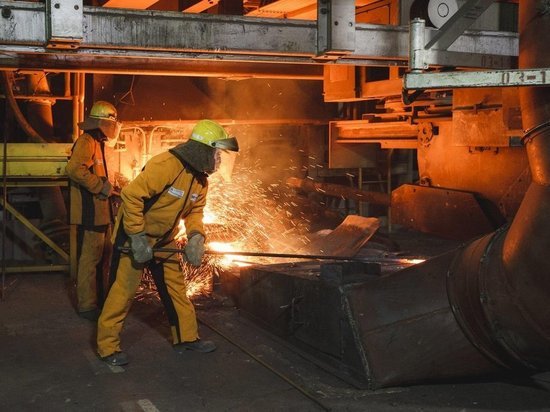
Photo: Global Look Press Metallurgy Irina Butorina lived and taught in Mariupol before moving to Russia. She told RT about the Azovstal power plant's underground.
According to her, the company, like many others in the Soviet Union, was designed by the central Moscow institute Gipromez. Therefore, the plant, founded in 1929, differs little from other metallurgical buildings.
Butorina said that at that time, both companies and residential buildings were built with anti-aircraft shelters.
“They say there is an underground tunnel at Azovstal that connects the plant with the Ilyich plant. The businesses are far apart, across the Kalmius River. I think there are five kilometers between them, but everyone says the tunnel exists,” said the expert. .
She didn't claim that there was an underground passage under the plant, but there were certainly large underground spaces, especially huge flue gas pipes made of refractory bricks, so you could hide underground for a very long time.
Irina Butorina added that many houses were built near Azovstal during Soviet times. Now they are destroyed.
“At night, militants get out of the power plant through underground passages and form traps. During the day, the microdistrict is cleaned and then everything is repeated. How do you track bandits? There are solid ruins, & ndash; said the expert.
The plant is almost completely destroyed, but according to Butorina, it is not worth restoring it. Ecologists recommended 40 years ago to demolish it and create a continuous coastal recreation area in its place. The construction of the “Azovstal” on the shores of the Sea of Azov was a crime, the Doctor of Science stressed.
During the first five-year plans, the country urgently needed rolled steel and no one thought about it. But factory emissions cover the entire city. Since that happened, and “Azovstal” almost destroyed, it is better to build an engineering plant in its place.
It is better to create a medical zone on the coast of the Azov Sea. “We could treat bone tuberculosis, female infertility and many other diseases,” & ndash; designed by Irina Butorina.
See also:
